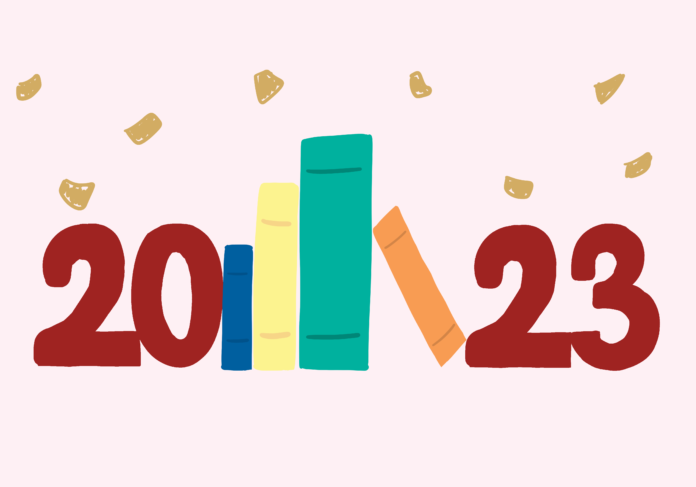There’s no better way to start 2023 than with a healthy new hobby
By VIVI KIM — arts@theaggie.org
“The Man Who Was Thursday” by G.K. Chesterton (1908)
Genre: literary fiction, mystery
Taking place in 20th-century London, the story follows a series of characters’ unfolding mysteries. Gabriel Syme is a poet and detective who infiltrates a council of anarchists and begins to discover the hidden identities of its members, each of whom is named after a day of the week. This mystery thriller novel, which doubles as a biblical allegory, blends heavy symbolism and a clever plot with themes of philosophy and politics, making it a great pick for those who like a book that will keep them engaged and on the edge of their seats.
“The Design of Everyday Things” by Don Norman (1988)
Genre: psychology, business
How exactly do we know how to work a thermostat? Or to navigate the never-ending complexities of push/pull doors? And what tempts us to buy Ikea furniture despite their virtually unreadable instruction manuals? In “The Design of Everyday Things,” cognitive scientist Don Norman draws on the subjects of psychology, management, engineering and cognitive science to explore these types of questions. The book breaks down the psychology behind our encounters with everyday objects and the fundamentals of design strategy, including everything from the inner workings of human cognition to the optimal placement of faucet controls. Though it is heavily informational, the book itself is understandable and very informative, thereby serving as a useful tool for anyone interested in product design.
“The Code Book: The Science of Secrecy from Ancient Egypt to Quantum Cryptography” by Simon Singh (1999)
Genre: non-fiction, factual
As one can judge from the lengthy title, this book is truly just for those interested enough to read it, but I would recommend it nonetheless. “The Code Book” gives multiple fascinating accounts of codebreaking in history, explores the mechanics of cipher machines and dives into the math of ciphertext, encryption algorithms and more. Despite exhaustive lists of people, events and numbers in each chapter of this book, Singh’s detailed and dramatic storytelling approach to writing makes for an engaging experience. For anyone interested in ancient history, mathematics or cryptography, this book is most definitely worth a read.
“White Elephant” by Mako Idemitsu (2011)
Genre: biographical fiction
This fictional autobiography follows the life of Sakiko Morimoto, the youngest daughter of a prominent Japanese family. Seeking separation from the conservative ideals and expectations imposed on her by her father, Sakiko moves to the United States in pursuit of a new life. Though this novel is not driven by any consistent plot, it shifts between different character perspectives and reminisces on impactful anecdotes. The story is a light and enjoyable coming-of-age novel that also hits on heavier themes like parenthood, family legacy, war, trauma and cultural division. But perhaps the best part of this book is the concise and compelling style of storytelling — Idemitsu highlights only the character’s most essential struggles while covering her life from childhood to motherhood and every time in between.
“Braiding Sweetgrass” by Robin Wall Kimmerer (2013)
Genre: biographical non-fiction
This non-fiction book is unique in its ability to blend casual storytelling with teachings of nature and cultural wisdom. It weaves through family anecdotes, traditions and mythological tales and offers profound insights into the modern world and our collective relationship with nature. From the planting, tending and picking to the braiding and burning of sweetgrass, each of Kimmerer’s lessons falls under a chapter named after the art. The book is full of reflection and is meditative in its style. I would recommend this to any nature writing enthusiasts.
Written by: Vivi Kim — arts@theaggie.org




